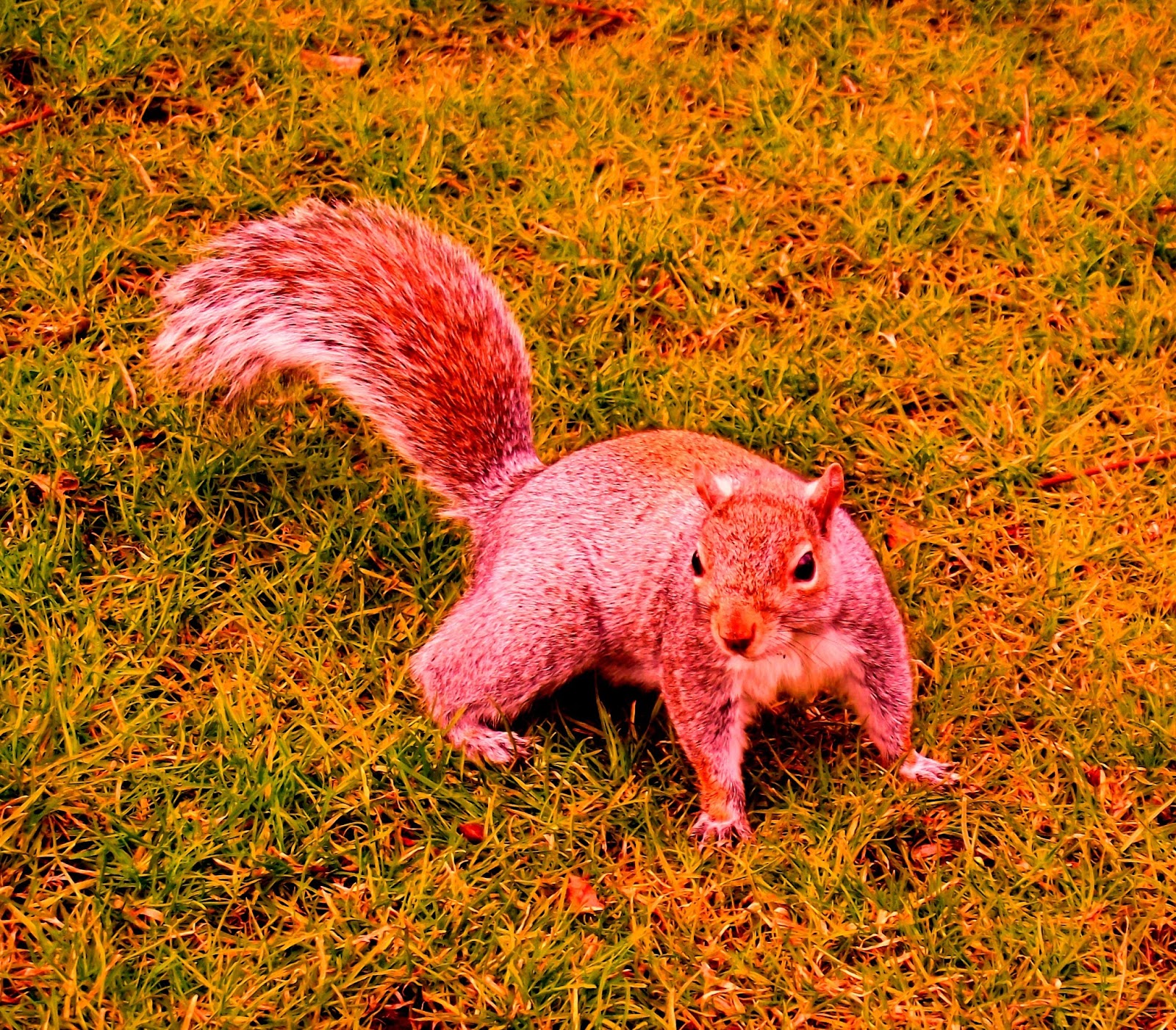The River Ouse is about 64 kilometers long, born of the River Ure and coming to its conclusion at the River Trent. I don't know where those places are. The word 'ouse' is derived from the Celtic word 'usa,' which means 'water.' The river does have water in it. It often floods, dampening the houses of residents who complain at the time but don't really do anything about it. It flows slowly, so slowly I can't even think which way it flows, and is really just a straight-edged channel.
 The apartment I'm staying in is very near the river. Upstream (we think, no one seems to know the river's directionp) a little way is an allotment, which Jessie has just taken a half-plot in. There's a good walking pathway along the banks, with some of the first blossoms of spring beginning to show on the branches, and melodic calls of birds unseen and delighting in the sunshine. I think it's the birdcalls that I noticed being the most different. The chill in the air reminded me of Dunedin, if I was to compare, and the trees aren't so different to many we have in New Zealand, but the bird calls make it clear you're in another land.
The apartment I'm staying in is very near the river. Upstream (we think, no one seems to know the river's directionp) a little way is an allotment, which Jessie has just taken a half-plot in. There's a good walking pathway along the banks, with some of the first blossoms of spring beginning to show on the branches, and melodic calls of birds unseen and delighting in the sunshine. I think it's the birdcalls that I noticed being the most different. The chill in the air reminded me of Dunedin, if I was to compare, and the trees aren't so different to many we have in New Zealand, but the bird calls make it clear you're in another land.
I like the idea of allotments - a piece of common land where you get to have your own plot to use as you choose (with two papers of basic regulations, sadly including the exclusion of animals in this particular place). It seems that often they're in demand - the one in two has a waiting list of 3 years, although the one Jessie has aquired had a waiting list of merely three as it's a little further out, though well within walking distance of her apartment.It's nice to think that people are so interested in growing their own food.
We had a look at her plot, which already contains asparagus and raspberry canes from the previous tenant, who simply decided it was becoming a little too much work for his later years. The raspberry canes need cutting back soon so that they can be ready to grow again and become bountiful. The rest of the plot needs turning over, and then planting. At this time of year, the allotment seems very barren, but I can imagine that from late spring through to autumn it must start to be quite an impressive sight.
later years. The raspberry canes need cutting back soon so that they can be ready to grow again and become bountiful. The rest of the plot needs turning over, and then planting. At this time of year, the allotment seems very barren, but I can imagine that from late spring through to autumn it must start to be quite an impressive sight.
 later years. The raspberry canes need cutting back soon so that they can be ready to grow again and become bountiful. The rest of the plot needs turning over, and then planting. At this time of year, the allotment seems very barren, but I can imagine that from late spring through to autumn it must start to be quite an impressive sight.
later years. The raspberry canes need cutting back soon so that they can be ready to grow again and become bountiful. The rest of the plot needs turning over, and then planting. At this time of year, the allotment seems very barren, but I can imagine that from late spring through to autumn it must start to be quite an impressive sight.
Walking back, the temperature dropped suddenly and a few small - very small, tiny - flakes of snow swirled across us like a sun shower.
I've seen several magpies, which do make a cackling sound but one quite unlike those in NZ, and have impressively long black tails, and also seen and heard many crows. There were some little birds that may have been tits, but that is a guess - we need to get out the pocket guide to British birds that's hiding somewhere here, rumour has it, on a shelf. There are also many nests in trees composed soley of twigs. I suppose there's not much else to make them from at the moment.
 |
| St Mary's Abbey |
 |
| Ivy on an old rain coat |
The air smells like chocolate sometimes, fresh chocolate brownies of the richest sort, from a chocolate factory in a currently unknown location, and at night it smells like coal smoke. There are old buildings everywhere, from the mighty Minster and the Shambles leaning in on itself so that occupants in higher levels could shake hands above the street, to crumbling and lesser known buildings and walls. The museum gardens are also very close, with St Mary's Abbey and early spring bulbs and a bouncing squirrel. It's bouncy. Too bouncy.





